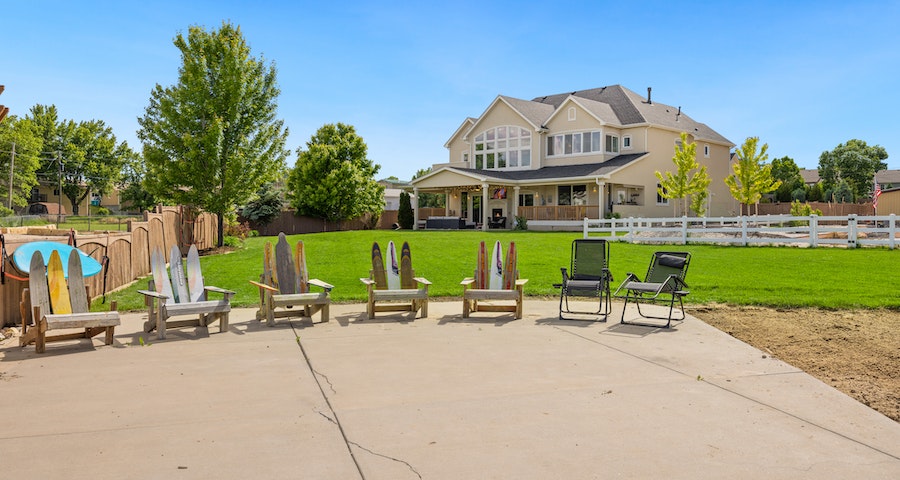
Having proper drainage in your yard is crucial to ensuring the health and appearance of your lawn and landscape. Improper yard drainage, whether due to poor soil conditions or improper grading, can cause water damage to your home and garden. It can lead to soil erosion, plant death, and the loss of nutrients and topsoil. Fortunately, with a little effort and knowledge, you can achieve better yard drainage and prevent these problems. In this blog post, we’ll share with you some practical tips and tricks to improve yard drainage.
Contents
Identify the drainage issue
The first step to improving yard drainage is to identify the root cause of the problem. Look for signs of water damage, such as water stains on walls, waterlogged soil, and standing water in low-lying areas. If you notice any of these symptoms, then you have a drainage problem. Consider contacting a professional landscaper to evaluate the situation and offer you an effective solution.
Improve soil conditions
Soil quality is a significant factor in yard drainage. If your soil is heavy, compacted, or contains too much clay, it will retain water and hinder drainage. On the other hand, well-draining soil is loosely packed and has ample organic matter to promote drainage. You can improve soil conditions in your yard by adding organic matter such as compost, mulch, or leaf litter. You can also aerate your soil to reduce compaction and promote better drainage.
Install a drainage system
Installing a drainage system is an effective way to address yard drainage problems. French drains, for instance, are a popular drainage system that redirects water away from your home and lawn into a designated drain field or stormwater outlet. French drains use a perforated pipe wrapped in gravel, which creates a path for water to flow and seep into the ground. Other options include installing gutters and downspouts to channel water away from your home and grading your yard to slope away from your home’s foundation.
Choose the right plants
Plant selection also plays a role in improving yard drainage. Some plants, such as water-loving plants, can thrive in waterlogged soil conditions, while others require better drainage. Low ground covers such as creeping juniper, sedum, or creeping thyme, for example, are excellent options for areas with poor drainage. They require minimal water and can help stabilize soil to prevent erosion and nutrient loss.
Maintenance and upkeep
Proper maintenance and upkeep are essential to achieving better yard drainage. Regularly clean your gutters and downspouts to prevent clogs, grade your yard with topsoil and mulch to promote water absorption and prevent erosion, and routinely aerate your soil to improve drainage and promote healthy roots. You should also avoid overwatering your lawn or landscape, which can lead to water stagnation.
Conclusion
Achieving better yard drainage may seem challenging, but with a little bit of knowledge and effort, you can prevent water damage, soil erosion, and plant death. Remember to inspect your yard regularly, maintain proper soil conditions, install effective drainage systems, choose the right plants, and keep up with routine maintenance. By doing so, you can create a beautiful and healthy yard that can endure any weather condition.
